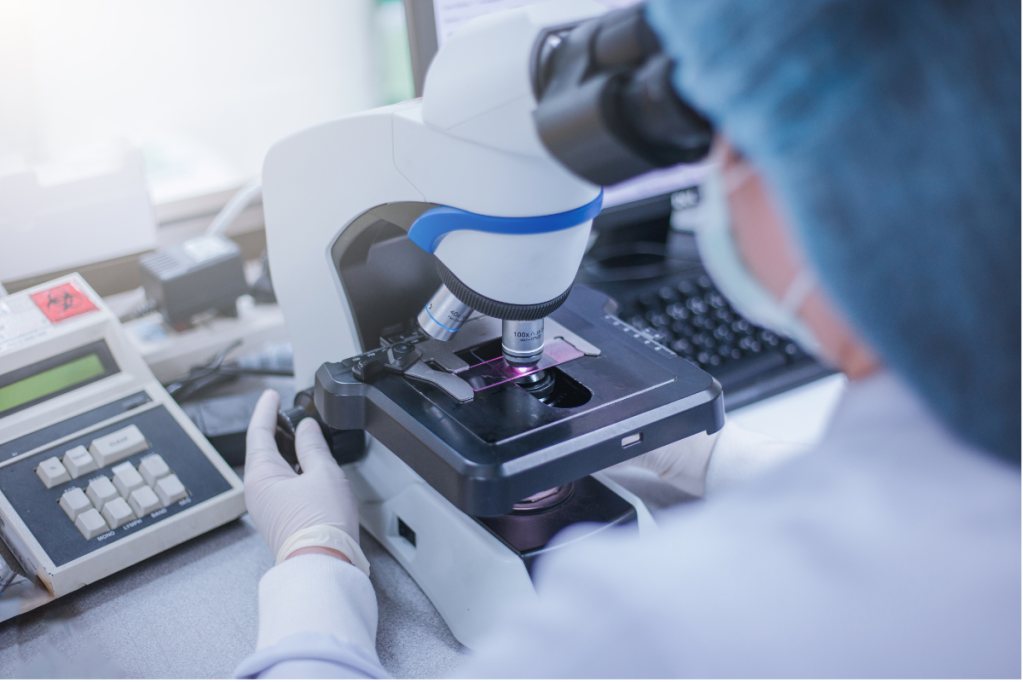Regenerative medicine is a rapidly evolving field. As more therapies reach commercialization and clinical trial stages, there remains an immediate need to equip direct patient care nurses with skills to support patients on complex clinical trials as well as novel standard-of-care therapies.
To address this need and continue efforts to build a regenerative medicine workforce in California, the California Institute for Regenerative Medicine (CIRM) partnered with City of Hope and the Alpha Clinics Network to host the Regenerative Medicine Nurse Training Symposium in April. Nearly 200 people joined the event virtually and in person at City of Hope’s Duarte campus near Los Angeles.
The CIRM-funded Alpha Clinics are a network of top California medical centers specializing in delivering stem cell and gene therapy clinical trials to patients. Each Alpha Clinic site contributed educational materials for the symposium.
A Dynamic Learning Experience for California Nurses
The two-day program provided a dynamic learning experience to direct care registered nurses, clinical research nurses, advanced practice providers and others seeking to enhance their knowledge in regenerative medicine. The event aimed to empower nurses to disseminate accurate, evidence-based information to their students and colleagues, ultimately advancing the field of regenerative medicine nursing in California.
CIRM Board Chair Vito Imbasciani, PhD, MD, kicked off the event and provided an overview of CIRM’s history and the important role nurses play in advancing the state agency’s mission to “accelerate world class science to deliver transformative regenerative medicine treatments in an equitable manner to a diverse California and world.”
“You are pioneers,” said Imbasciani. “You are at the threshold of a dawning era where cell and gene therapies, as well as regenerative medicine as a whole, will become more and more commonplace and a part of routine clinical care.”
Throughout the event, attendees were immersed in engaging and practical sessions, emphasizing nurses’ pivotal roles in the realm of cell and gene therapy, particularly through CIRM’s Alpha Clinics. Attendees were eligible to receive up to 14 Continuing Education Units (CEUs) for both days of attendance.
Highlighting the Patient Experience
Numerous presenters described the patient journey in clinical trials, highlighting that patients often encounter financial and logistical challenges participating in cell and gene therapy trials because they require many visits to a medical center. CIRM’s Associate Director of Patient Access Geoff Lomax underscored the patient journey and the value of CIRM’s Patient Support Program and Community Care Centers of Excellence, emerging CIRM programs aimed at providing financial, logistical and social support for patients in clinical trials.
Symposium speakers also highlighted the critical importance of nurses in healthcare, especially in the administration of cutting-edge treatments like CAR-T Cell therapies. A nurse participant recognized that many nursing educational courses don’t include regenerative medicine-focused trainings and emphasized the need for training in such therapies to provide the best care to patients.
Other topics discussed at the event included apheresis—a technology that separates donated blood components to treat certain illnesses—and Good Manufacturing Practices (GMP). Because nurses play an integral role in these processes, several event sessions were dedicated to practical considerations.
Representatives from bluebird bio, a biomedical company and event sponsor, presented exciting developments in gene therapy, highlighting the recent FDA approval of LYFGENIA, a gene therapy treatment for sickle cell disease.
The symposium fostered networking opportunities among attendees, enabling them to exchange ideas, experiences, and best practices with peers and staff throughout the state.
“Symposiums like these are so important for nurses because we get to hear about all these different therapies that we don’t typically work with,” said Emma King, an attendee from Children’s Hospital Los Angeles. “You can see what’s coming in the future and what different hospitals around California do for regenerative medicine and hear about patient experiences. It makes you a better, well-rounded nurse.”
Kelly Tomlinson, DNP, RN, NEA-BC, is the administrative director of Immune Effector Cell Therapy at host hospital City of Hope and was both a moderator and speaker at the symposium. She said regenerative medicine “is the future.”
“This symposium helped to educate and engage our nursing workforce by giving them new tools and knowledge within this emerging field,” Tomlinson said. “The expertise at this event was astounding. I was honored to not only be a participant but a moderator and speaker. I left with a wealth of knowledge and a renewed excitement for what the future holds for our patients and communities.”

















Thank you to the City of Hope Alpha Clinic for organizing the event and to each CIRM Alpha Clinic for contributing speakers and materials for the program. The event was sponsored by Johnson & Johnson, bluebird bio, Kite Pharma, and AbelZeta. Senior Advisor, Community Outreach and Advocacy Jacqueline Hantgan contributed to this article.



















